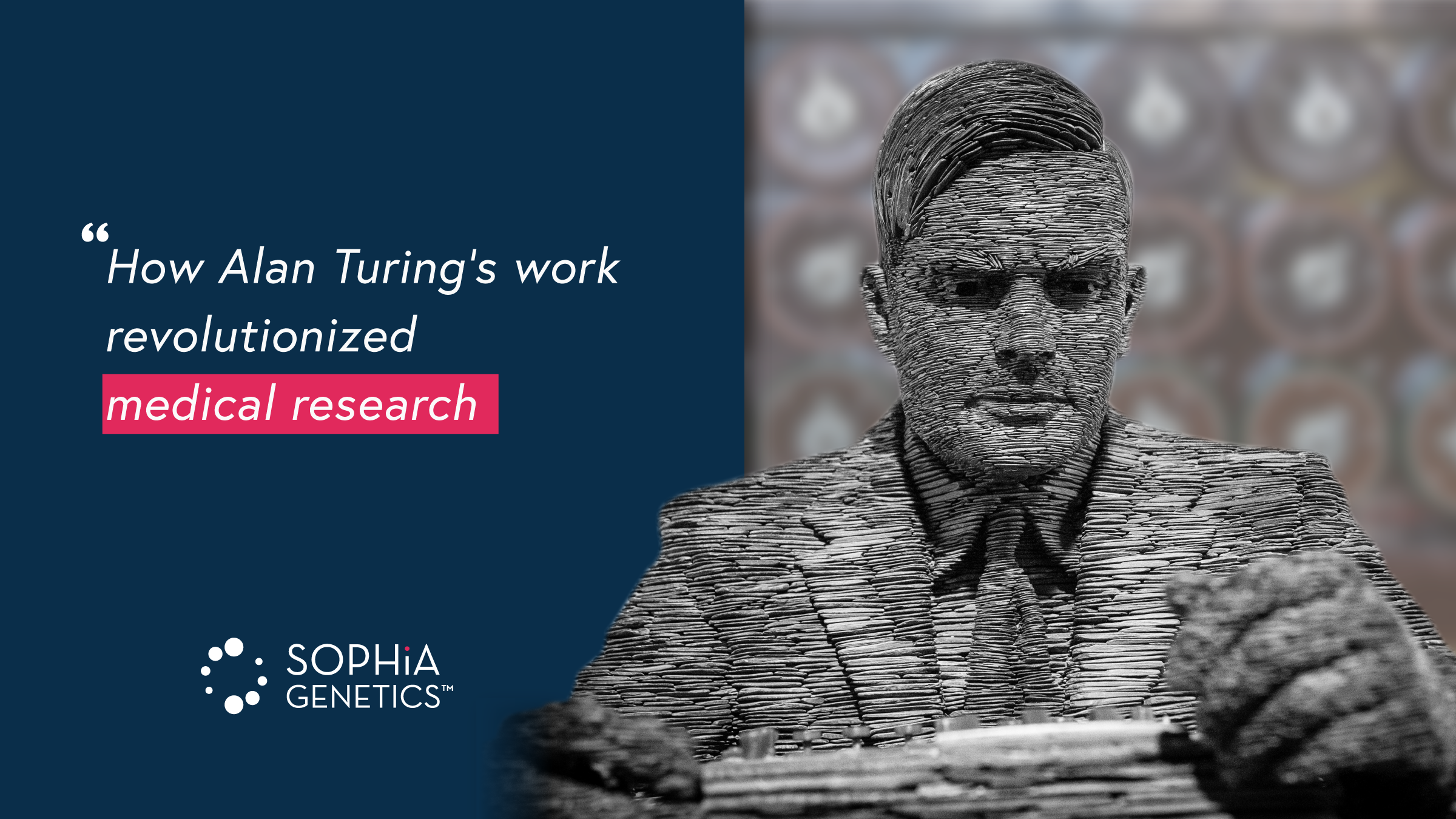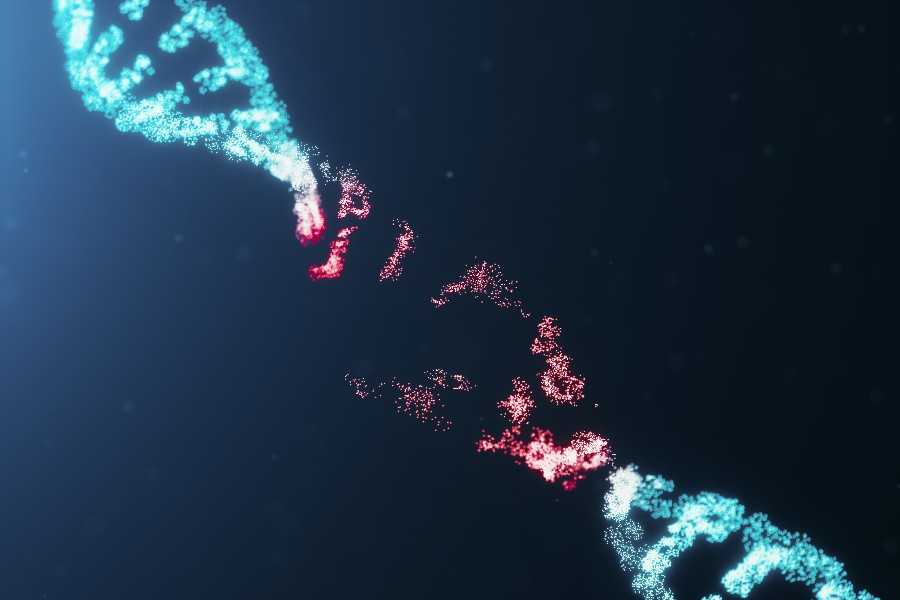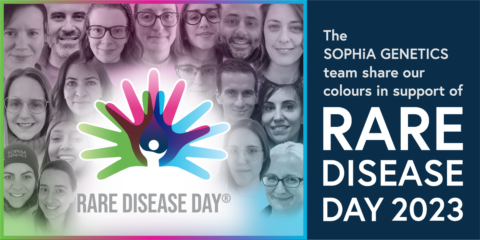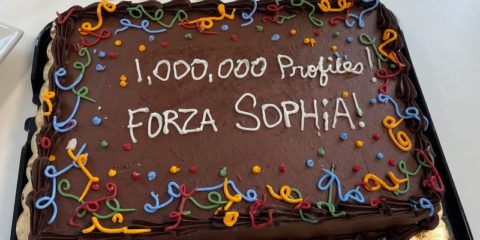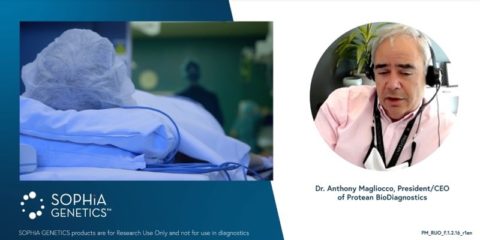Sometimes referred to as the father of modern computing, Alan Turing planted the roots of artificial intelligence and machine learning. The British mathematician deciphered cryptic messages during World War II, helping the Allies win. Yet, he was considered a criminal for his homosexuality. And because much of his work was classified, he did not receive due praise from his peers.
The vision
According to his biographer, Alan Turing envisioned machines “turned to any well-defined task by being supplied with the appropriate program.” The theories in Turing’s seminal paper, “On Computable Numbers, with an Application to the Entscheidungsproblem,” supported his invention of the universal Turing Machine, an abstract computing machine that provoked the creation of digital computers.
His digital program storage concepts set the framework for machine learning. Today, Turing’s ripple effect echoes through many industries including healthcare. Thanks to Turing’s first steps, computers categorize molecular data from biological samples to determine the root cause of disease.
The early days of machine learning
Turing’s design for the Automatic Computing Engine was based in his belief that humans and machines could think and learn similarly. He saw the cerebral cortex of an infant as an unorganized machine that became more organized through education. He noted that computing is learned and that both machines and humans could be trained to solve mathematical equations. He also thought that technology would one day embody intelligence in an artificial capacity.
Persecution
Turing’s greatest tragedy seemed to come just after he had reached acclaim. His wartime work to decode Nazi transmissions earned him an accolade as Officer of Most Excellent Order of the British Empire. In 1951 he was elected fellow of the Royal Society of London. But in 1952, Turing admitted he was in a relationship with a man. He was convicted of gross indecency and sentenced to 12 months of hormone therapy.
Turing was discovered dead in his bed, poisoned by cyanide in 1954. Officially ruled a suicide, his death is often attributed to an altered state of mind brought on by the hormone treatment. He had been publishing groundbreaking theories on patterns in living organisms — work still inspiring pattern recognition by machines today.
A continuing contribution
In 2009, Prime Minister Gordon Brown apologized for the British government’s treatment of Turing. In 2013, his work was declassified, and Queen Elizabeth II granted him a Royal Pardon. Turing’s theories were radical for his time but truly visionary.
Turing couldn’t have predicted the impact his theories on computing data would have. The Human Genome Project and the advanced computing abilities on which it relied applied Turing’s work in modern algorithms. Now, his concepts — far more than theories — help inform Data-Driven Medicine. To learn more about the patented algorithms of SOPHiA GENETICS applied to genomic and radiomic data, visit https://sophiastg.wpenginepowered.com/technology/.
